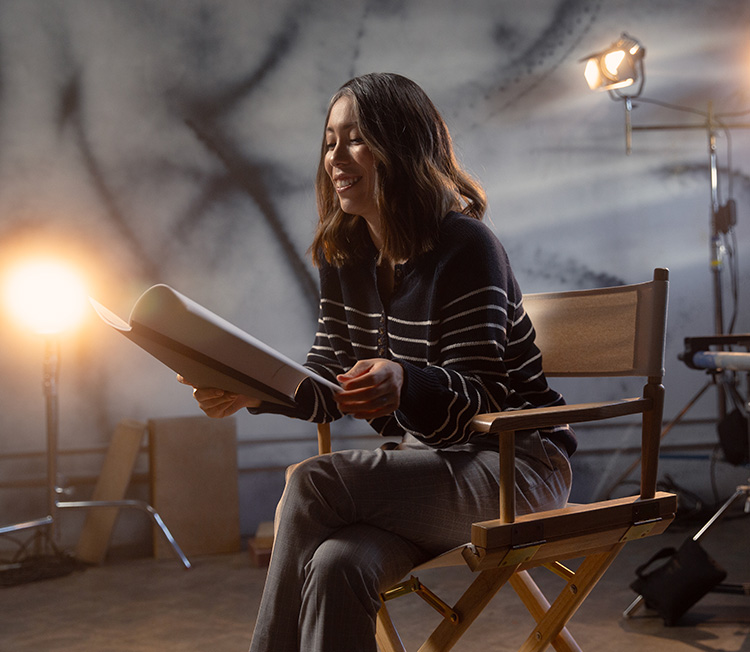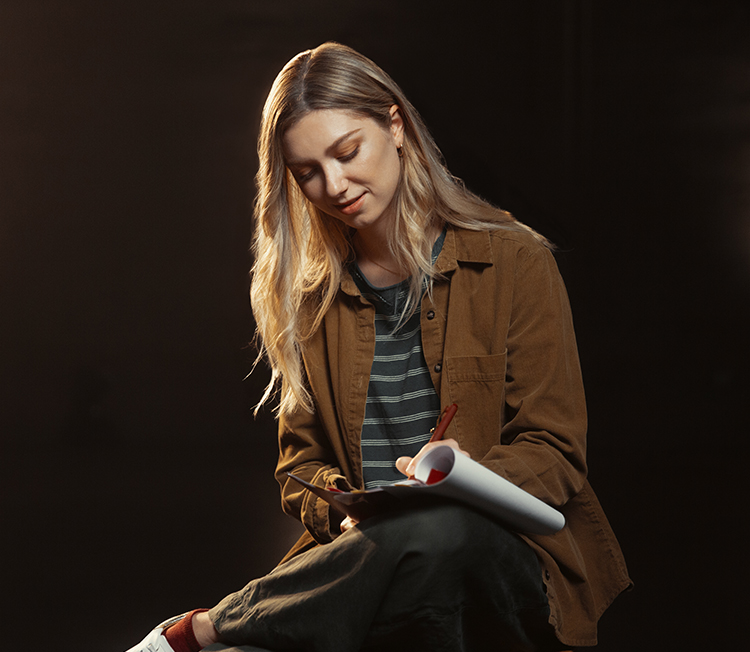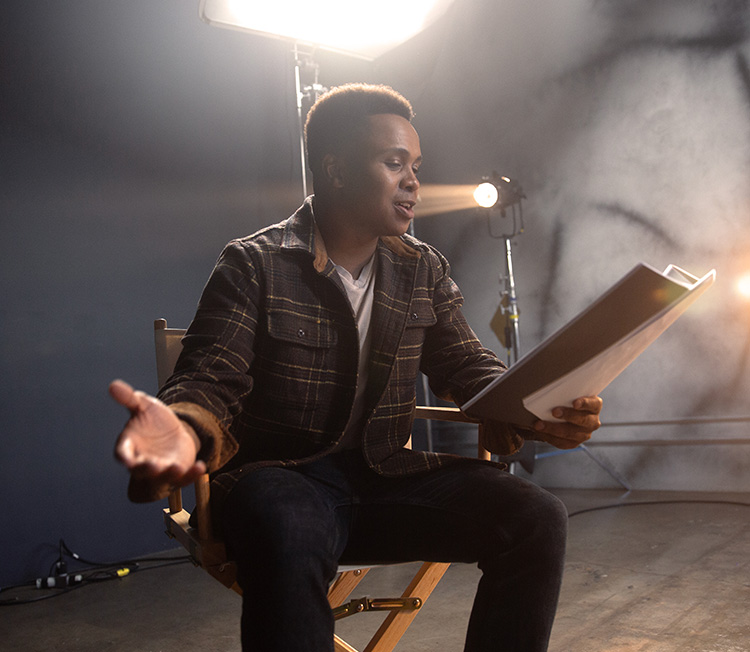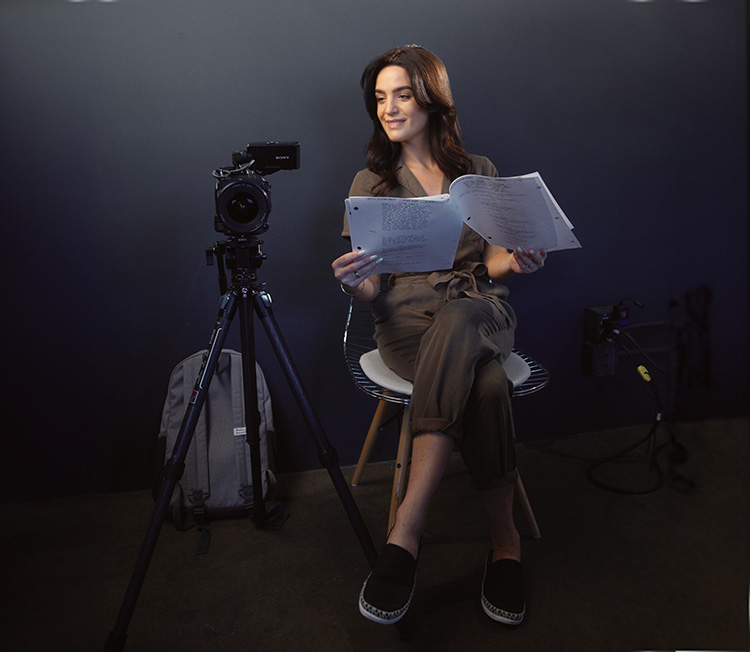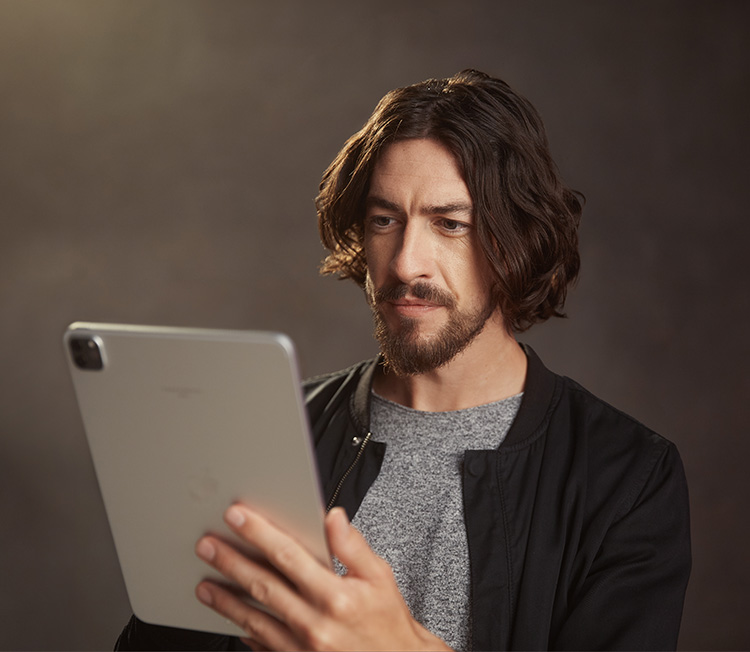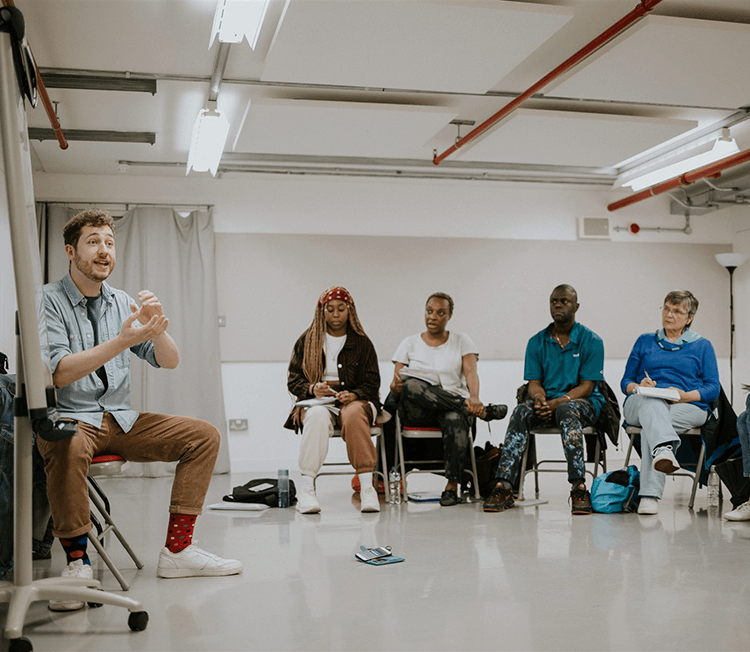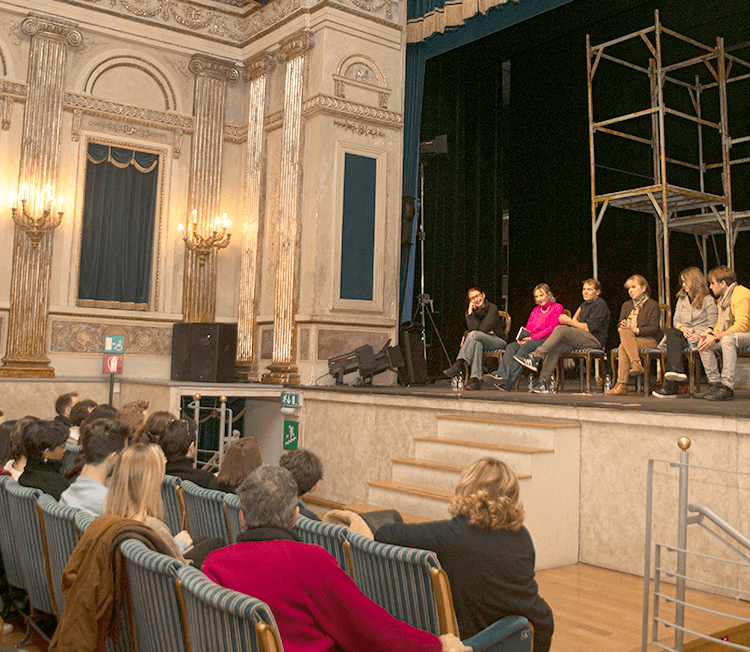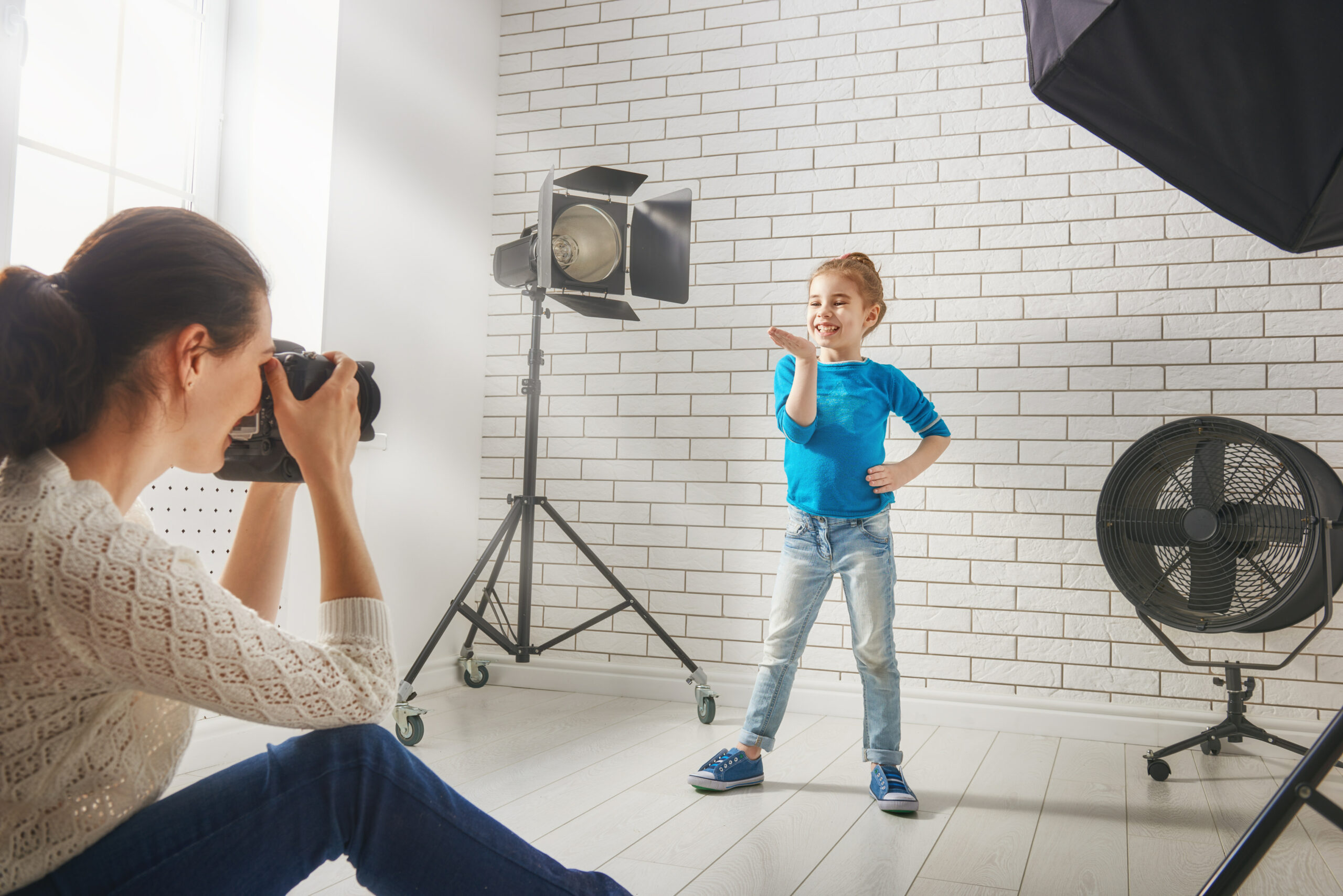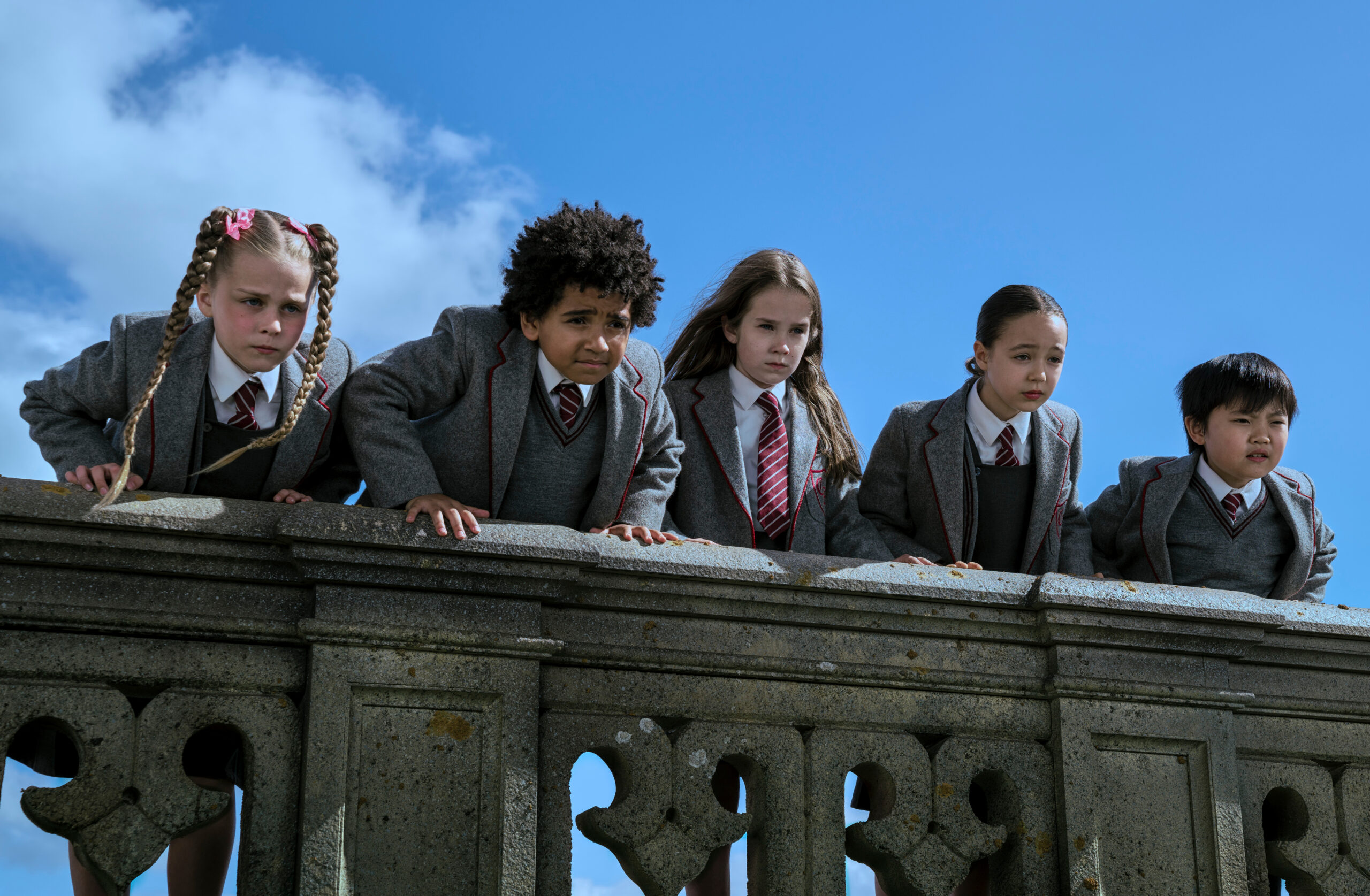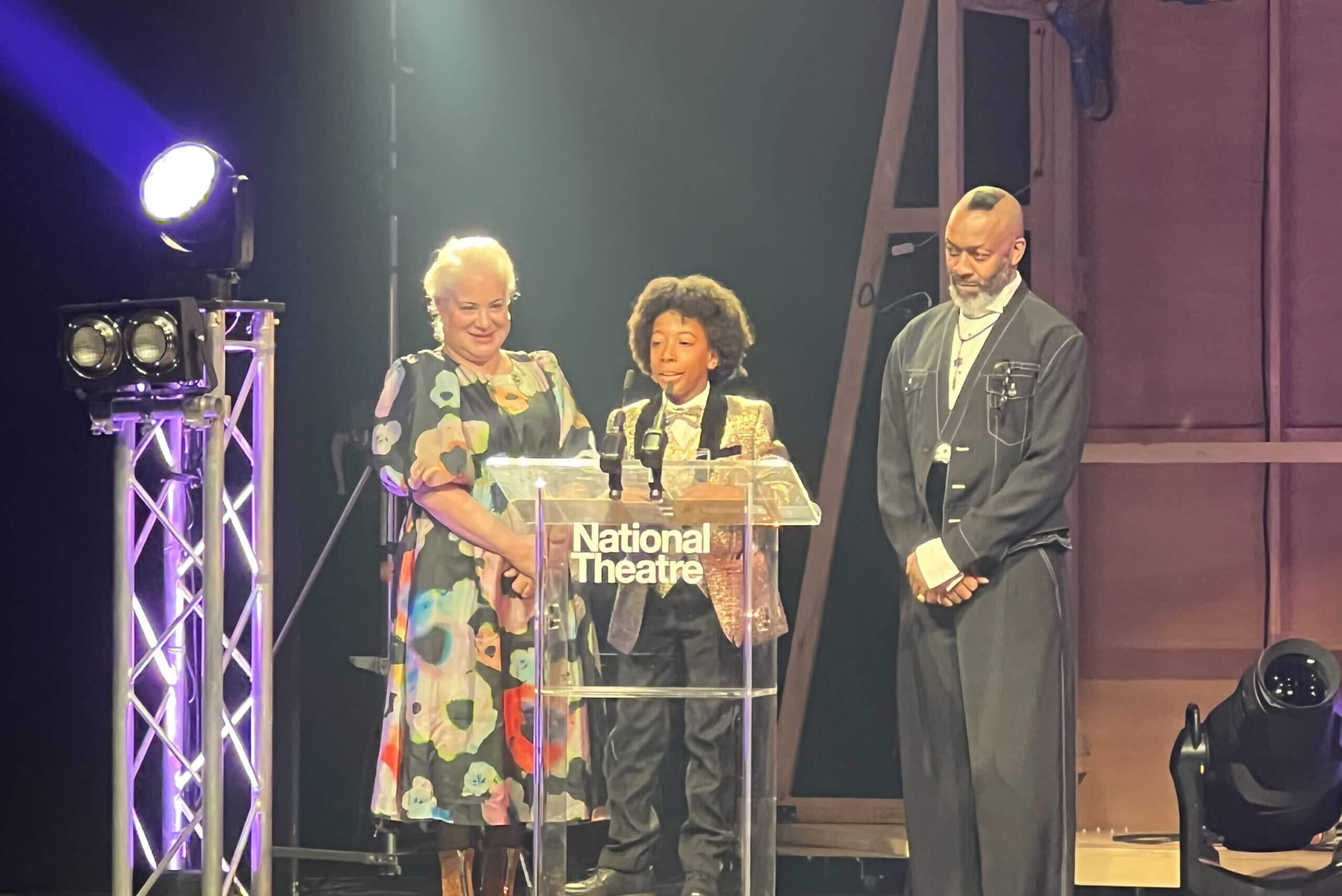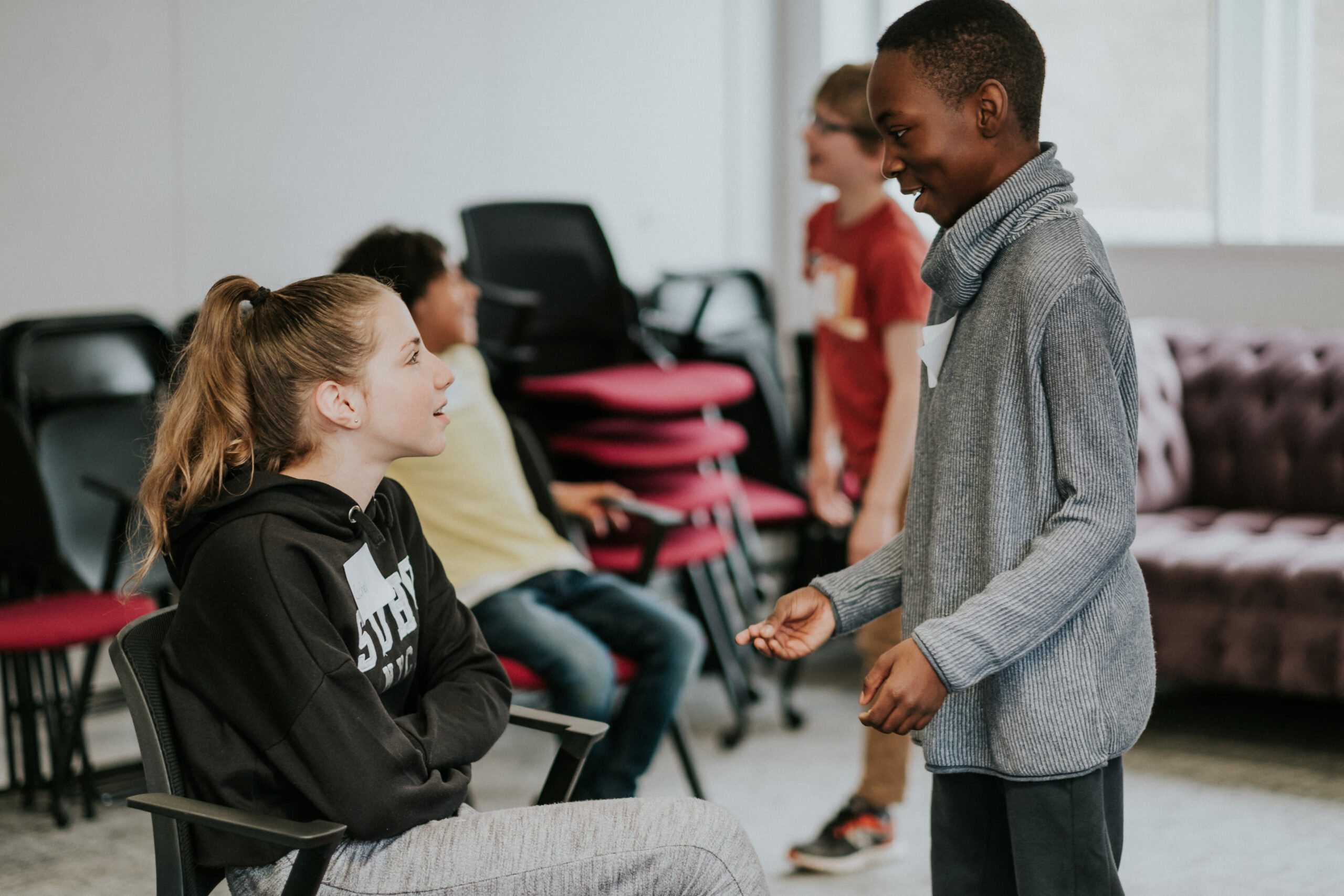Headshot photographer Robin Savage shares his advice for finding the right photographer and getting the most out of your headshot session
Robin Savage has been a professional photographer for 15 years, photographing around 1,000 young performers per year. Like many headshot photographers, Robin also used to be a performer, and so has a brilliant understanding of the industry and a headshot’s purpose within it. These are Robin’s top tips for getting great young performer headshots.
What is a headshot for?
A headshot is the first impression that a casting director, director, producer, or anybody involved in the casting process is going to have of a performer. Therefore, it must:
- Be an accurate representation of the performer.
- Be professional.
- Be engaging.
- Disclose a little bit about what kind of performer that person is, what kind of parts they could play, and what their strengths are.
Why use a professional headshot photographer?
Acting is a fiercely competitive industry, but your child can stand out by having an eye-catching headshot. Booking a professional headshot photographer can put you on the right path straight away.
Casting portraiture (aka headshots) is a niche form of photography and requires a deep understanding of the casting process. You need to book a photographer who specialises in actors’ headshots and is going to get the best out of your child in their headshot – not a photographer who does a bit of everything.
There are people who will charge you £50 to take some photos of you under a tree in a park. They’ll be a wedding photographer, for example, who has realised there’s a market in headshots, so aren’t the people you want to book with. If your headshot looks a bit amateurish, then it’s not going to last two seconds in front of the casting director.
How to find the right photographer
If you search for a photographer on Google, you’re going to get pages and pages of results, and it can be quite overwhelming. Instead, ask your network for some recommendations. To start, your child’s agent will be the best person to go to as they usually have a list of headshot photographers they’ve worked with in the past. You can also search for a photographer through Spotlight Contacts – which allows you to order the results by distance to find a photographer that’s in your local area.
Once you’ve got a shortlist, take a look at the photographers’ work and see whose photos excite you most. Do your research by going over the photographer’s website and social media. Photographers tend to update their social media more frequently than their websites.
You want to be looking for things like:
- How much they charge
- Where they are based
- What their style of work is
- What’s included in the session
- If they are still active online (check when their last social media post was)
If you know someone who has used the photographer before, you should also find out:
- Did the session go well?
- Did they deliver what they said they would on time?
- Were you, your child, and their agent happy with the photos?
Before the headshot session
Once you’ve chosen a photographer and booked your headshot session, these are some things to think about before turning up on the day.
Know your casting
When going for ‘casting’, it’s important to consider what parts your child is good at playing, what your child could be seen for and could realistically play as a performer.
If you’re unsure of your child’s casting type, ask their agent. Tell them, “We’re getting headshots next month, is there anything you want from the headshot session?” They may have some good suggestions for you.
Once you’ve got an idea, you’ll want to finalise a plan. Ask yourself, “How are we going to suggest those things in a photograph?”
Think about:
- What you need to bring
- What you want to get from the session
- How you’re going to get that before you come to the session
Haircut
Make sure your child’s hair is how you want it. Hair is a really important part of headshots. It frames a performer and really helps change a look when tied back, etc. If you’re getting your child’s hair cut, don’t get it cut the day before a session, because if it’s a bit wrong, you haven’t got time to make any changes.
You know how long your child’s hair needs to settle in after a haircut, so book the headshot session, and if you want to get a haircut, book it a week or two in advance.
Makeup
Headshot photographers don’t want to age your child up – they want to keep them looking youthful, so makeup is not required and not advisable. If your child does wear makeup, keep it quite light and natural. In this case, bring the makeup with you if you need to touch it up before the session. The photographer might also want to make a few changes.
Glasses
Glasses can really change the look of someone in a headshot. If your child’s a genuine glasses wearer, don’t forget to bring them with you because they can be really useful.
Blemishes and scars
If your child has spots, blemishes, grazes, or any other temporary marks you don’t want in the photo, don’t worry about it – and don’t attempt to cover them up with makeup. Let the photographer retouch the photos to get rid of them. Scars are permanent so they should be left in the headshot. The rule is: if it’s permanent it stays, if it’s temporary it goes.
Clothing
As well as casting, you’ve also got to think about skin tone, eye colour and hair colour when picking the right top for your child. If you’ve ever seen them wearing a top and said, “That really, really suits them,” bring that top. Bring a couple of options in that colour, and mix up the style of the tops, the necklines and the materials. Things to layer with, such as jackets, are also a good idea. Choosing a top with a bit of a pattern is fine – but try and avoid brand names. The photographer can Photoshop out small logos, but not big ones that go across the whole top.
Bring lots of options, and make sure you don’t crumple the clothes when you pack them. It’s much better to have too many tops and not need them, than to not have enough to work with.
During the headshot session
Brief your photographer
Unfortunately, photographers are not mind readers, and so they love a brief. If you’ve had a chat with your child’s agent and agreed on what you’d like to get from the session, tell your photographer this.
Don’t brief your child
For children, a photo session is about being open and responsive. What I’ve seen so many times is a child comes in, and it’s clear their parents have said to them, “Smile. You’ve got to smile.” This ends up with the child sitting there awkwardly smiling, no matter how I direct them.
We’re looking for authenticity. If a child comes in with no preconception and just goes with what’s going on, the photographer can direct and guide them – and make them laugh – and it’ll be a much more successful session.
After the headshot session
Choosing your photos
Don’t choose which photos are going to be retouched and used on Spotlight by yourself. Speaking as a parent myself, when you look at photos of your children, you are naturally drawn to the most flattering, the prettiest, the one that fits in with how you see your child best – but those photos aren’t necessarily useful for them as performers.
The best person you can talk to is the child’s agent. The agent is going to look at the photos objectively, purely from a casting point of view. This is also a good way of opening up a dialogue with your child’s agent and building the relationship.
If in doubt, drama teachers and other people who know the industry can also be helpful when selecting headshots.
Who owns the photos?
Once you’re in possession of the photographs, it feels like you own them. But you don’t. The photographer retains the copyright to the photographs, unless you’ve specifically agreed otherwise.
When you pay a photographer for a headshot session, you’re paying for a few things, one of which will be to licence an agreed number of images for marketing use during your child’s work and career.
If you’re using the photographs on Spotlight, personal websites, social media, etc., that’s absolutely fine – but where things can get a bit tricky is if, let’s say, a magazine wants to do a feature on your child and the journalist asks to use their headshot for the article. This will involve the magazine monetising the images, and they are not their photographs to do that with.
In this situation, tell them it’s not your decision, and give them the photographer’s email address so the journalist can contact them directly. Let the photographer and whoever it is that wants to use the photo have that conversation and it’ll all be worked out that way.
Additional Tips:
Keep the headshots current
Children tend to have their headshots done more often because they grow and change looks more frequently. They may need a new headshot once a year.
The second they no longer look like their headshot; the rate of work will go down because they’re not being called in for the right things.
DBS checks
This is the importance of going to a recommended professional headshot photographer. Almost every headshot photographer will see children, therefore, they should be DBS checked. If you want to make sure they are when you’re thinking about booking a photographer, ask them and confirm this before you book with them.
Indoor photos vs outdoor photos
The question is, what light you are using? Are you using studio light or are you using natural daylight? It doesn’t really matter whether you’re being photographed inside or outside. What’s important is that you’ve gone with the right photographer.
Personally speaking, I shoot predominantly inside because I get nice light and I can control it well. When you go outside, you’re at the mercy of the elements.
Full length photos
Talk to the agent and ask them if they require full length photographs. If you do put one up there, I would say just put one – you don’t need a lot of them, just one example of their physique is enough.
Number of photos
When it comes to putting photos on the Spotlight gallery, I would say five is the maximum you want to put up.
I see some people with up to 15 photos, and what that says to casting professionals is that you don’t really know who you are as a performer. You’re just doing a bit of a scattergun approach and hoping that somebody will like something and give you an audition.
Price transparency
With me, if the person is under 16 years old, they will have a 45-minute session for £160. You wouldn’t want a two-and-a-half-hour session for a child – it’s way too long. 45 minutes is just right to go through the tops and keep the energy up.
Avoid high street portrait places where you’ll pay hundreds of pounds for lots of photos. These are not useful photos for actors, so please be cautious of choosing them as your headshot photographer.
From all of us at Spotlight, we thank you Robin for sharing your advice!
Find more articles about young performers and headshots on our website.
Photo credit: Choreograph / iStock

